11 animals that have been to space
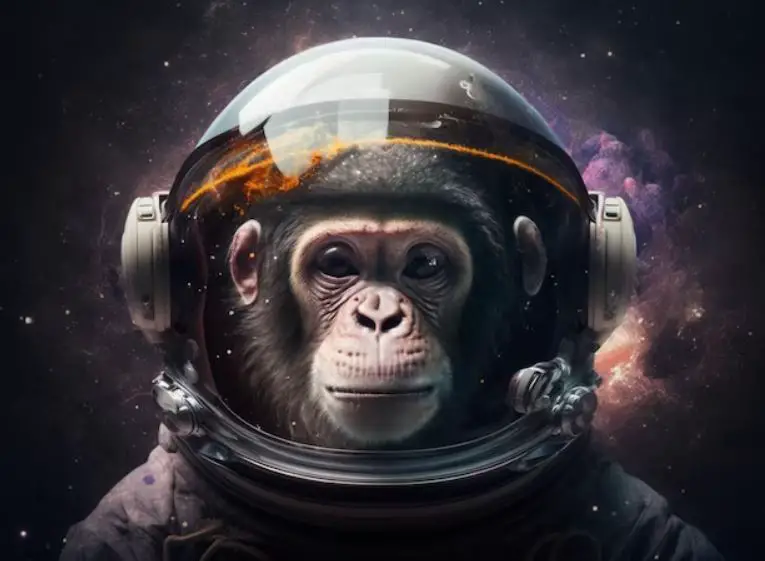
The mesmerizing journey of space exploration has always captured our collective imagination. While we often associate space travel with astronauts, it may come as a surprise that our journey to the stars had some unexpected pioneers – animals.
These remarkable creatures played a pivotal role in paving the way for human space exploration, offering invaluable insights into the effects of cosmic radiation and microgravity on living organisms.
In this article, we delve into the extraordinary tales of 11 animals that ventured into the great unknown, revealing their roles in shaping astronautical studies.
Fruit Flies: Our Cosmic Genetic Pioneers
The year was 1947 when the first animal made its foray into space, and it was none other than the humble fruit fly.
Chosen for its genetic similarities to humans, fruit flies were sent aloft in a V-2 ballistic missile that reached the official boundary of space, 109 kilometers above the Earth’s surface.
Upon their return to Earth, the flies, to the amazement of scientists, were not only alive but showed no signs of radiation effects. This groundbreaking experiment set the stage for numerous future missions.
Monkeys and Apes: Astronauts with Tails
In a series of courageous missions, 32 monkeys and apes embarked on journeys into space. Albert II, a rhesus macaque, marked the first primate’s flight into space in 1949, even though his mission ended tragically due to a parachute failure on re-entry.
A year prior, Albert I sadly suffocated within his capsule before ever leaving the ground. It wasn’t until 1961 that Ham, a chimpanzee, became the first great ape in space, returning safely to Earth after his mission.
Mice: Microgravity Pioneers
Mice have long served as important spacefaring creatures to understand how space travel affects the human body. The very first mouse in space took flight in 1950, reaching an altitude of 137 kilometers.
Unfortunately, the mouse’s mission met a tragic end when the rocket disintegrated due to a parachute failure. Nevertheless, these early experiments paved the way for a deeper understanding of the challenges and adaptations of life in microgravity.
Laika: The Soviet Space Pioneer
Laika, a stray mongrel puppy found on the streets of Moscow, became the world’s first animal to orbit the Earth in 1957.
Her mission was a significant milestone, even though it ended tragically as she overheated and perished within hours of the flight. Despite the sad outcome, Laika’s journey played a pivotal role in advancing space exploration.
Tortoises: Unexpected Space Racers
In 1968, as the USA and the Soviet Union raced to land a man on the moon, tortoises took an unexpected role in the Space Race.
The Zond 5 spaceship carried two steppe tortoises around the moon, and although the capsule veered off course and landed in the Indian Ocean, the tortoises survived, albeit slightly lighter after their journey.
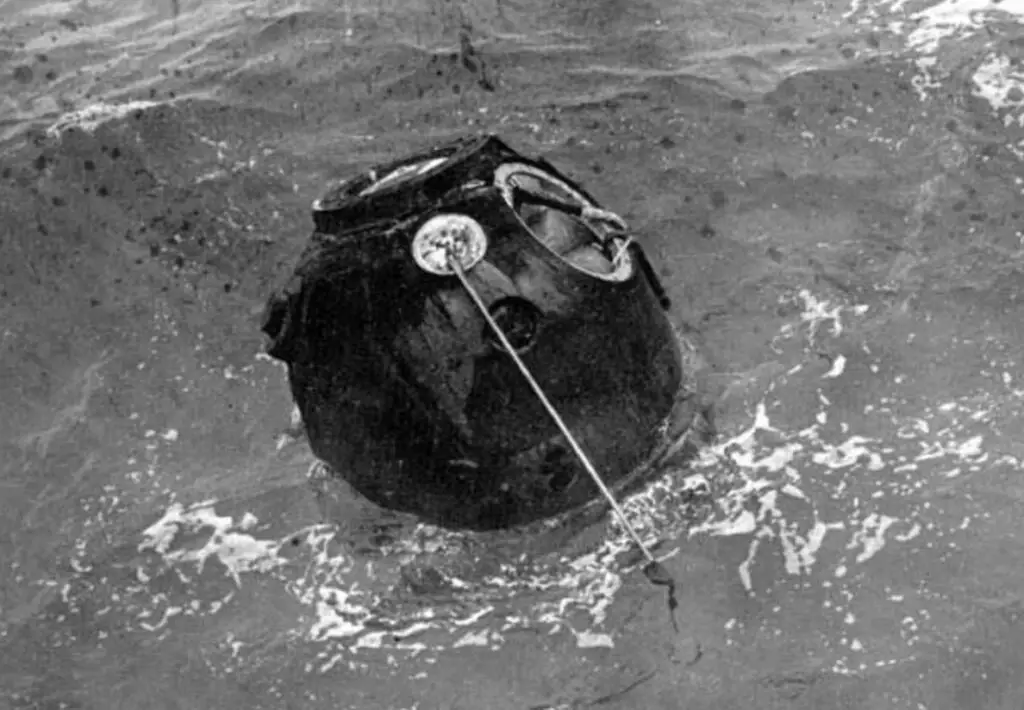
Orbiting Frogs: Balancing Microgravity
In 1970, NASA launched the Orbiting Frog Otolith spacecraft, carrying two bullfrogs, to investigate the effects of space travel on motion sickness.
This experiment examined the frogs’ inner-ear balance mechanisms, and it was discovered that, after six days, the frogs adapted to microgravity, normalizing their vestibular systems.
Spiders: Weaving Webs in Space
In 1973, a remarkable experiment involving two garden spiders, Anita and Arabella, explored their ability to spin webs in microgravity.
This initiative, conceived by a high school student named Judith Miles, demonstrated that the spiders managed to spin webs in space, albeit slightly finer than those on Earth. The experiment shed light on the effects of microgravity on motor response.
Aquanaut Minnows: Navigating Microgravity
In 1973, NASA sent a type of minnow called the mummichog into space to observe the effects of microgravity on animals that moved three-dimensionally on Earth.
Just like human astronauts, these minnows initially experienced space sickness and erratic swimming but quickly adapted to the new environment.
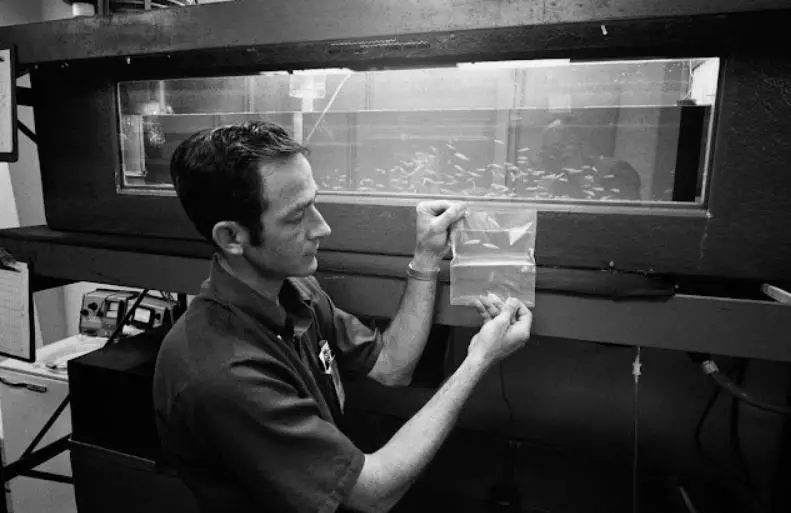
Medaka Fish: Studying Radiation Impact
In 2012, the Japanese space agency sent medaka fish to the International Space Station. These transparent-skinned fish were equipped with an automatic feeding system, water circulation system, and LED lights to mimic day and night.
The purpose was to study how fish respond to radiation, bone degradation, and muscle wastage in microgravity.
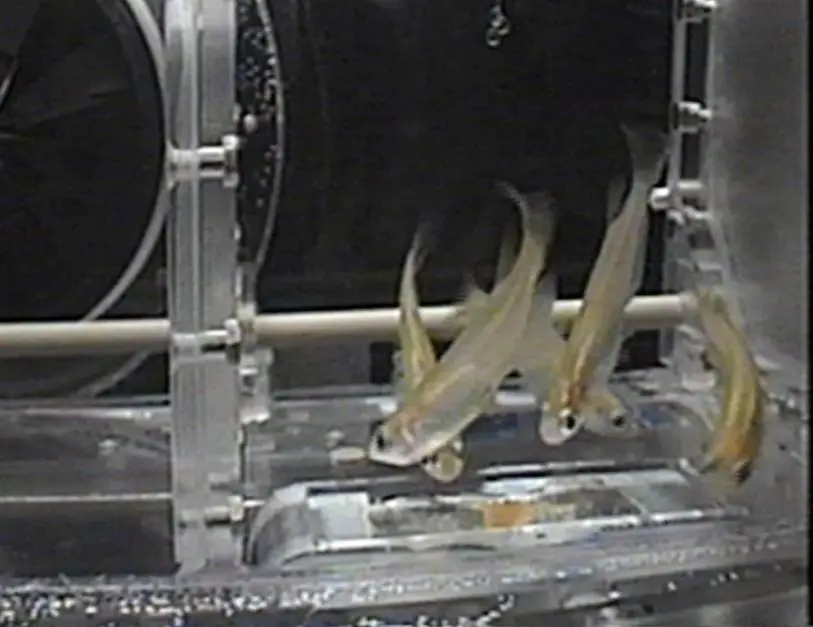
Tardigrades: The Ultimate Space Survivors
Tardigrades, known as water bears, are microscopic invertebrates renowned for their resilience. In 2007, they became the first animals to survive the harsh conditions of outer space.
After being dehydrated and orbiting Earth outside a rocket for 10 days, an astonishing 68% of tardigrades survived the extreme cold and space radiation upon rehydration.
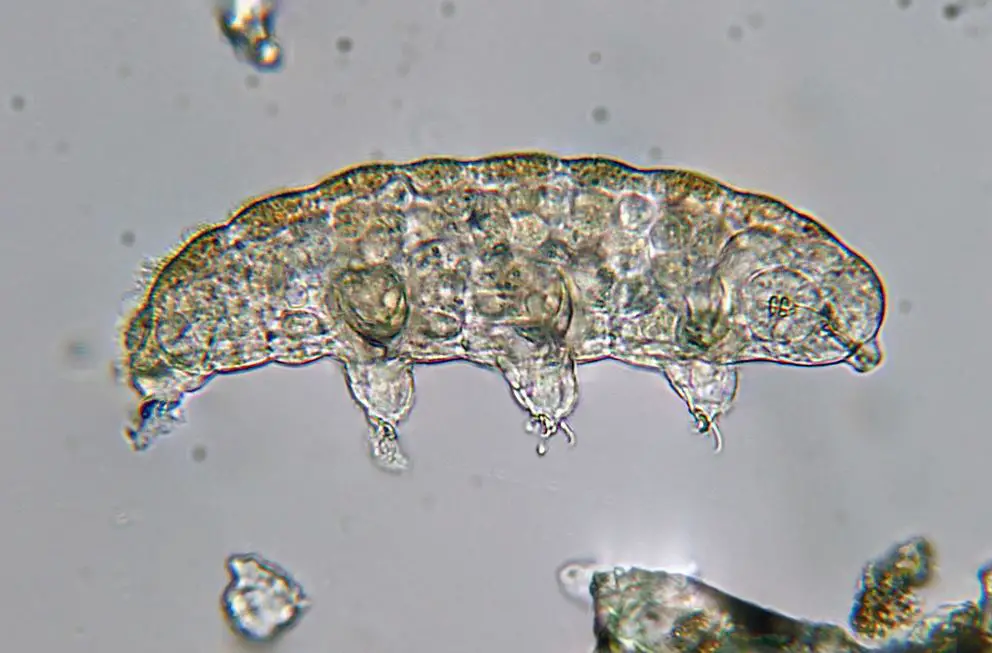
Nematodes: Surprising Survivors
In 2003, when the Columbia space shuttle disintegrated, live nematodes, or roundworms, were discovered among the wreckage. Nematodes have become a key organism in studying the effects of space travel on living organisms.
Thale Cress (Arabidopsis thaliana): Space’s First Flower
While not animals, plants also made their mark in space exploration. Thale cress (Arabidopsis thaliana), a tiny flowering plant, holds the Guinness World Record for being the “first plant to flower in space.”
Back in 1982, a group of cosmonauts aboard the Soviet Salyut 7 space station pulled off a fascinating feat.
They managed to cultivate Arabidopsis thaliana, a petite flowering plant native to Eurasia, within a specially designed greenhouse in space.
These little plants sprouted, grew, bloomed with flowers, and even produced seeds, all in the unique microgravity environment of space.
This marked a groundbreaking moment because it was the first time any plant had ever bloomed in space.
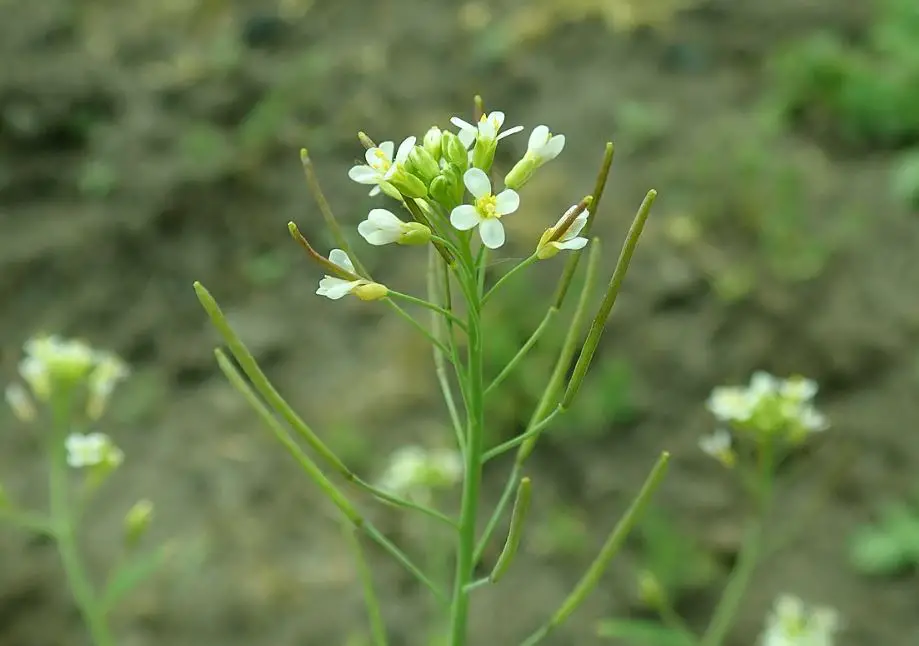
Arabidopsis thaliana, also known as Thale cress, is a favored choice in scientific research circles. It has a brief life cycle, and its genetic code has been completely mapped out. Plus, it’s not too tricky to cultivate, making it a perfect candidate for experiments in space.
The success of this Thale cress experiment on Salyut 7 was a significant leap forward in the world of space botany.
It demonstrated that it was indeed possible to grow plants in space, opening doors to the development of sustainable food production systems for lengthy space missions.
Fast forward to today, and Thale cress is still a go-to choice for experiments in space.
It’s used to investigate a wide range of topics, such as how microgravity affects plant growth and development, crafting new plant varieties that can thrive in space, and exploring the potential of using plants to purify and recycle air and water within spacecraft.
Space Plants: A Growing Experiment
Plants like romaine lettuce, courgette, sunflower, broccoli, and wheat have been cultivated in space, investigating how different plant species cope with long-duration spaceflight.
These experiments provide invaluable information on optimizing growth and understanding the effects of microgravity on plant physiology.
The animals that ventured into space left an indelible mark on our understanding of the cosmos and the impact of space travel on living organisms.
Their courage and sacrifice have paved the way for human exploration of the final frontier, making them unsung heroes in the annals of space history.
